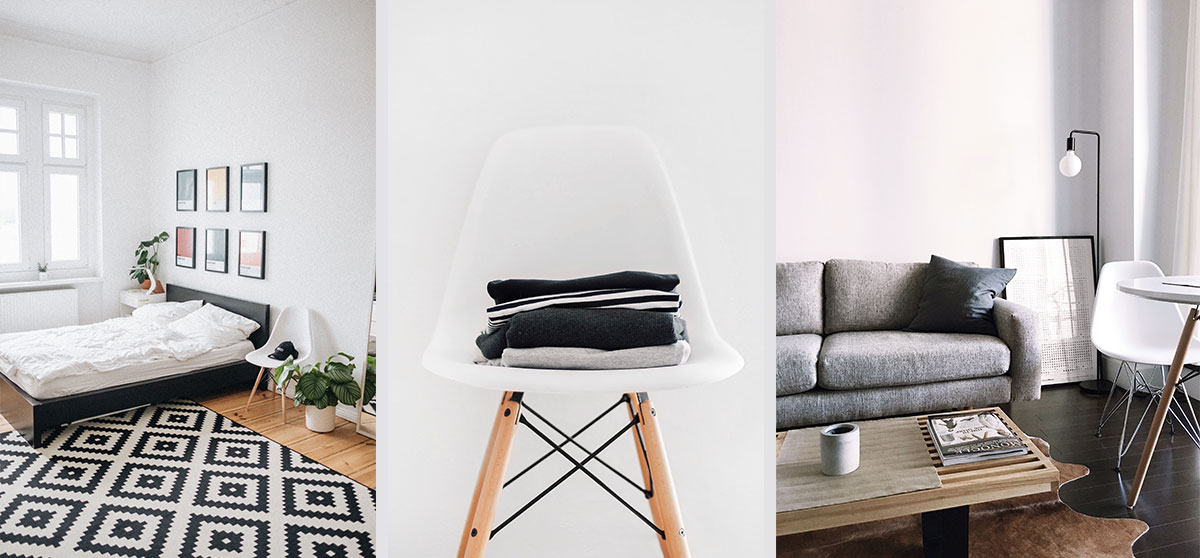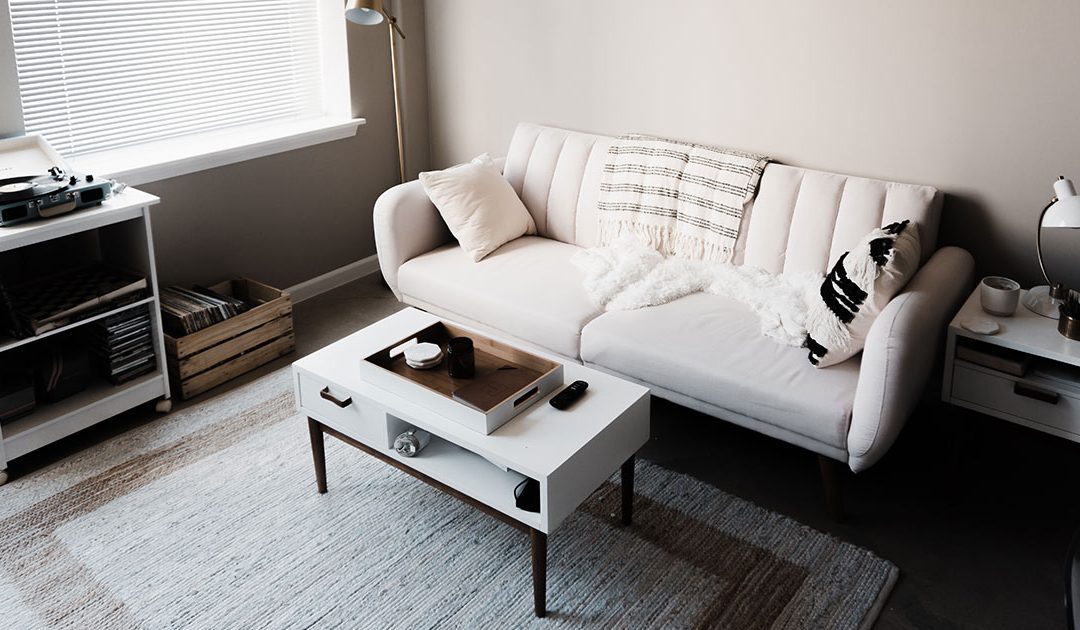(Photo credit: Ian Dooley)
For practical, and sometimes therapeutic reasons, people nowadays are embarking on a journey to learn the minimalist way of life. In fact, the KonMari Method, the decluttering technique made popular by Marie Kondo, has brought back minimalism to the limelight. People were encouraged to be mindful of their possessions (and obsessions) and how to keep only the things that ‘spark’ joy.
But, have you ever wondered what minimalism is and where it came from? And in what way does minimalism help individuals?
There are some debates on where minimalism exactly began. Minimalism is an art movement that became popular in the 60’s where prominent painters, like Donald Judd, have tweaked Abstract Expressionism to more extreme abstractions composed of simple geometric shapes. In Japan, minimalism has been practiced as a way of living in simplicity influenced by Buddhism. Over the years, monks have lived in simplicity because to them, everything is impermanent – everything is always changing. They believe that attachment (to things) may cause sufferings because nothing lasts forever. Despite its indistinct timeline, minimalism continues to be one of the most influential movements in terms of art, music, architecture, product design and etc. It has now evolved into a lifestyle.

(Photo credits: Sonnie Hiles, Kirill, and Sarah Dorweiler)
Minimalism is not just a philosophy of doing more with less, it gives you the freedom to pursue the things in life that are more essential and valuable and could help you live better. One reason why some people choose to live this kind of lifestyle is because when you have less stuff, you will have more room for important things that add value to your life. It also changes the way you spend and helps ease your financial burdens by making you think twice before spending. Minimalism can also be applied to relationships, diet, social media usage, or just about anything with the objective of keeping only what matters. As what Fumio Sasaki, author of Goodbye, Things: The New Japanese Minimalism, said, “Minimalism is just one of the many entries to a happier life.”

(Photo credit: Senivpetro)
For a happier life, start fresh by adapting a minimalist lifestyle in Capital Town Pampanga’s first condominium project in the north, Chelsea Parkplace. It has various residential units that can fit your chosen lifestyle. Its proximity to modern amenities, and a conducive, self-sustaining, and vibrant environment lets you experience a life of convenience, freedom, and focus.
Read more: Wake up to your own city
For more information, contact +63-917-144-8696, email info@capitaltownpampanga.com or like our Facebook page.
Sources:
https://konmari.com/pages/about
https://www.ebaycollectiveblog.com/articles/the-history-of-minimalism/
https://fastjapan.com/en/p124712
http://www.minimalstudent.com/zen-and-the-art-of-minimalism-part-1-zen-philosophy/
https://nourishingminimalism.com/blog/know-minimalism
https://www.cosmopolitan.com/lifestyle/a8674774/fumio-sasaki-goodbye-things-new-japanese-minimalism/


